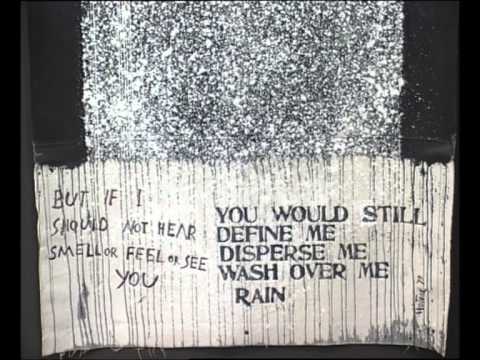Forested places
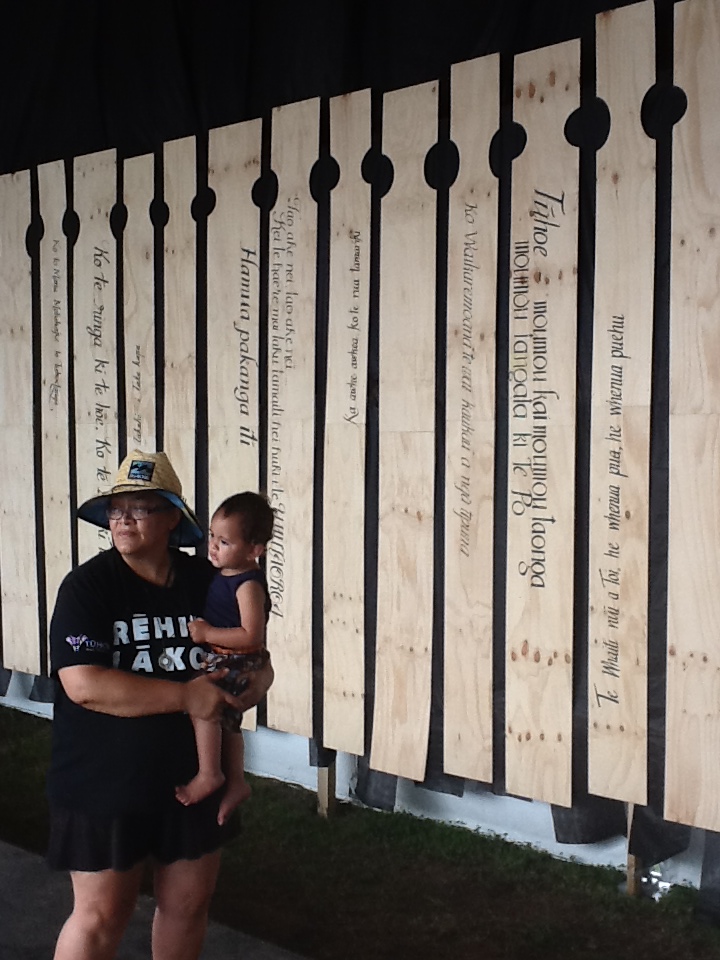 When we as Celtic people said “touch wood” in past times, there was hope and desire in those words. The words came from a belief that trees held the spirits of our ancestors. In today’s world, many ecologists search to understand the life and life cycles of forests, albeit using different tools and ideas.
When we as Celtic people said “touch wood” in past times, there was hope and desire in those words. The words came from a belief that trees held the spirits of our ancestors. In today’s world, many ecologists search to understand the life and life cycles of forests, albeit using different tools and ideas.
Hana Harawira roped her sister Wena, and two artist friends, Adrienne Brown and Urqhart Henderson into creating a backdrop for Te Hui Ahurei a Tuhoe in 2013. The panels were shaped to resemble the carved pou of a fortified village, and hand painted with Tūhoe sayings. The long relationship between Cilla and Hana, and their shared passion for cultural and ecological restoration and sustainability, has inspired both over many years. The panels here incorporate a beautiful expression of whakataukī and how the cultural histories embedded within ground relationships with the land.
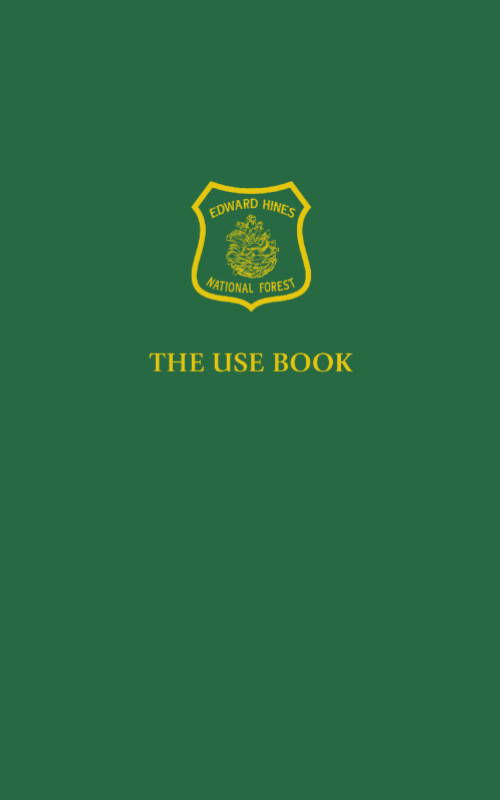 Conversations between Raewyn Martyn and Cilla Wehi in The Use Book
Conversations between Raewyn Martyn and Cilla Wehi in The Use Book
The publication is an art exhibition catalogue for an upcoming exhibition titled ‘Edward Hines National Forest’ at the Hyde Park Art Center in Chicago, USA.
The artwork is a sculptural installation in the main gallery space that creates a forest like space that visitors experience as they walk through the sculptural structure. The materials used all originate from a tree nursery in Hayward, Wisconsin, one of the late 19th, early 20th century sites deforested by the Chicago based Edward Hines Lumber Company. The original forest was old growth red pine and the nursery is trying to develop disease resistant red pine to be regrown. Lumber and methylcellulose for the artwork were extracted from disease exposed red pine species at the nursery, trees that are harvested as part of the nursery’s research process.
The publication was a part of the exhibition, operating as both an artwork and as the exhibition catalogue. The book is modelled after the original 1905 Use Book published to guide early park rangers and forest “users”. The Edward Hines National Forest Use Book provides a biological and material history of the forest, alongside discussion of future “use”. Interview participants explore topics such as the connected histories of deforestation of the North Woods, the Pacific Northwest, and the South, and ideas connected to sustainable forest use, Indigenous knowledge and practices, and the processes of colonization and decolonization. These conversations and writings connect to the list of contents taken from the 1905 Use Book. The original publication is a starting point for the writing and conversations, and/or as direct source material.
Voyages
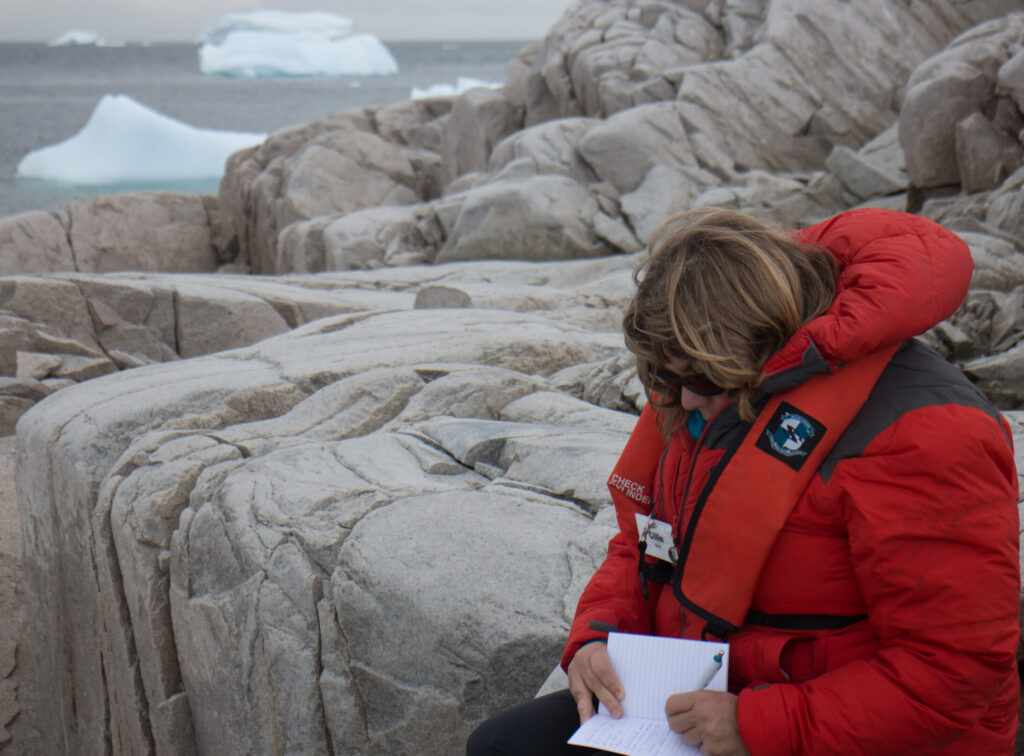
Voyages can be both inward and outward. Here are some stories from a journey I made to the Antarctic Peninsula in 2018:
– my writings from Antarctica from Homeward Bound journey (available soon);
– a publication called Antarcticness which will be released at the end of 2020;
– reflections on Antarctica and leadership.
I thank the Royal Society of New Zealand and the Association for Women in the Sciences in New Zealand (AWIS) for their support.
Whakairo as ways of learning
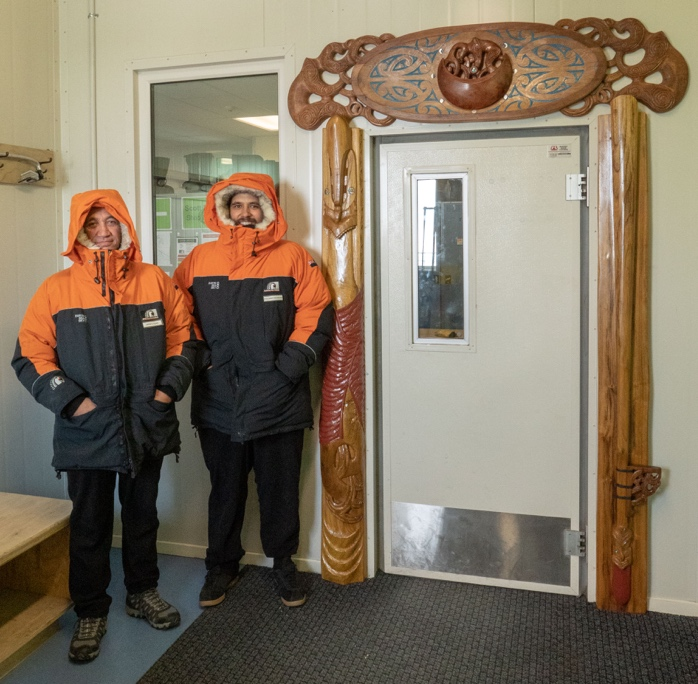 Whakairo is a traditional Māori art form that embeds values and history, and acts as a repository of knowledge. In 2018 experts in whakairo, communicators and scientists came together over the course of a year to consider Māori relationships with Antarctica, particularly in light of the new Ross Sea Marine Protected Area, and how those might be expressed in whakairo, or carving. In February 2019, James York and Poutama Hetaraka travelled to Antarctica to complete carving the sides and lintel of a door, that now adorns the entrance to the cold room at Scott Base. The whakairo incorporates Māori values associated with the Ross Sea and the new Marine Protected Area and aims to highlight and develop discussion on Māori values and kaitiakitanga in Antarctica. It draws attention to the partnership of mātauranga Māori and science, using symbolism to reference the maramataka and global climate changes, and the contribution of scientists. It depicts the ongoing damage to Papatūānuku and calls for action on the part of the world’s leaders to address the major environmental problems that we now face. In these ways, perceptions of Māori relationships and environmental values are expressed and embedded in whakairo.
Whakairo is a traditional Māori art form that embeds values and history, and acts as a repository of knowledge. In 2018 experts in whakairo, communicators and scientists came together over the course of a year to consider Māori relationships with Antarctica, particularly in light of the new Ross Sea Marine Protected Area, and how those might be expressed in whakairo, or carving. In February 2019, James York and Poutama Hetaraka travelled to Antarctica to complete carving the sides and lintel of a door, that now adorns the entrance to the cold room at Scott Base. The whakairo incorporates Māori values associated with the Ross Sea and the new Marine Protected Area and aims to highlight and develop discussion on Māori values and kaitiakitanga in Antarctica. It draws attention to the partnership of mātauranga Māori and science, using symbolism to reference the maramataka and global climate changes, and the contribution of scientists. It depicts the ongoing damage to Papatūānuku and calls for action on the part of the world’s leaders to address the major environmental problems that we now face. In these ways, perceptions of Māori relationships and environmental values are expressed and embedded in whakairo.
Weaving together strands of western science and mātauranga was important in the whakairo. It has two manaia, carved at each end – one which represents the partnership of Ngāti Wai and Ngāi Tahu in creating this piece, and the other represents the partnership of knowledges from modern environmental scientists and indigenous peoples, with a common concern, both of which are required to solve the immense ecological and environmental problems facing us. James York incorporated the phases of the moon in his carving of the pare: “The moon [marama] reminds us of the importance of the maramataka [seasonal calendar], which relies on careful observational of seasonal change, and the importance of managing resources carefully and harvest, for example, at the appropriate time to ensure a bountiful but also reciprocal relationship”. He added that “there is a manaia in the moon which is a little bit twisted, to show the confusion of the moon / the maramataka, as things stand now”.
See Wehi PM, Howe S, Monk A 2020. Ka kaw ngā kī i te tonga. To carry the knowledge from the south. Manaaki Whenua Landcare Research.
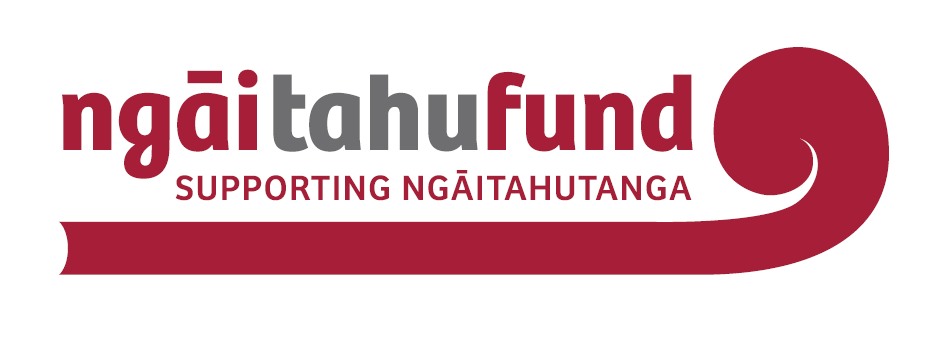 We acknowledge the support of Ngāi Tahu, Ngāti Wai and Antarctica New Zealand under the Community Engagement Programme.
We acknowledge the support of Ngāi Tahu, Ngāti Wai and Antarctica New Zealand under the Community Engagement Programme.
Weaving art and science together
